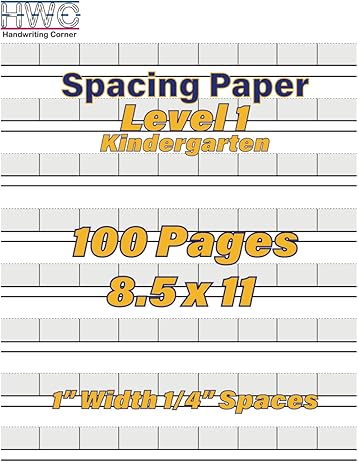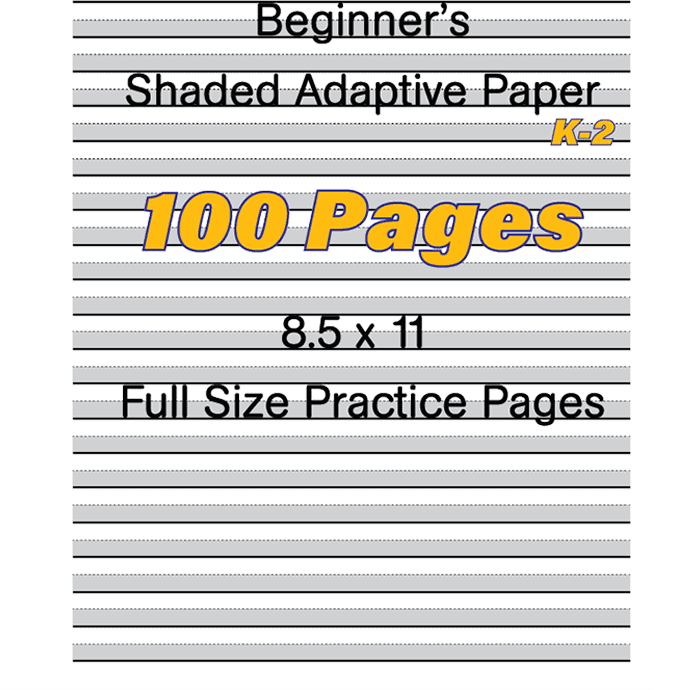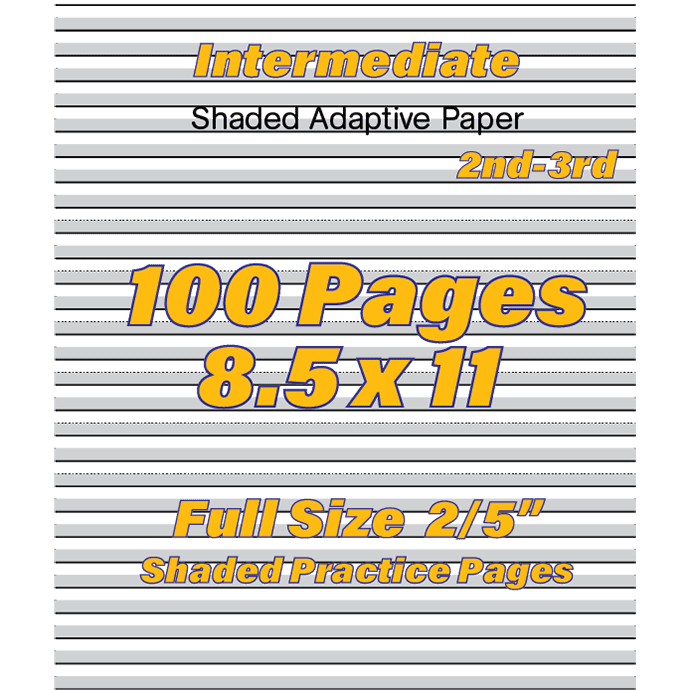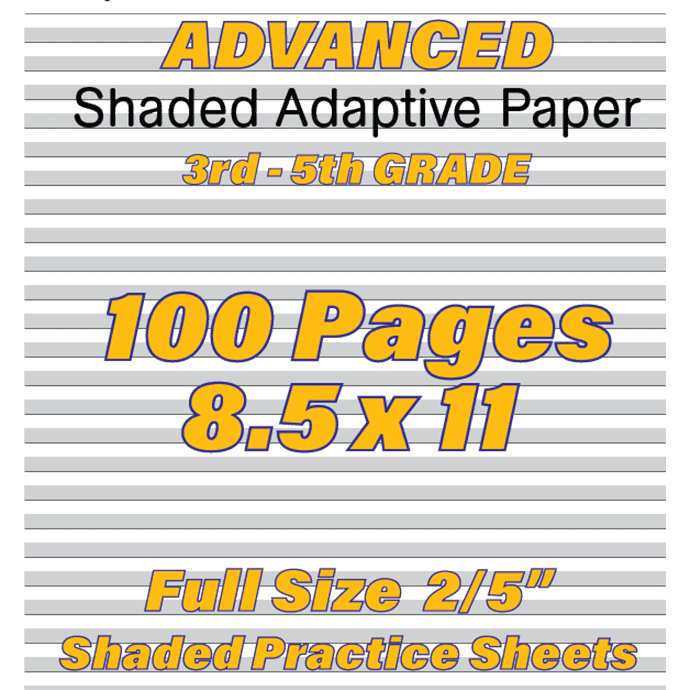
Teaching handwriting to individuals with autism can be a unique challenge, as this developmental disorder often affects fine motor skills, coordination, and sensory processing. Many children and adults with autism struggle with handwriting due to difficulties in letter formation, spacing, and the physical act of writing itself. However, with the right strategies, you can help them improve their handwriting skills and build confidence. In this post, we’ll explore ten essential tips for teaching handwriting with autism to support learners of all ages.
Understanding Handwriting With Autism
Individuals with autism may experience a range of handwriting challenges. These challenges can include messy handwriting, inconsistent letter sizes, and difficulty organizing thoughts on paper. By implementing targeted strategies, educators and therapists can help individuals with autism develop better handwriting skills.
10 Tips for Teaching Handwriting With Autism
1. Use Adaptive Writing Tools
Start by providing ergonomic pens or pencils that are easier to grip. Consider using weighted pens or pencil grips to enhance control and reduce fatigue during writing tasks.
2. Incorporate Multisensory Activities
Engage learners with multisensory activities such as tracing letters in sand or using finger paint. These activities reinforce muscle memory and make handwriting practice more enjoyable.
3. Focus on Fine Motor Skills
Strengthen fine motor skills through activities like squeezing stress balls or using tweezers to pick up small objects. Improved hand strength will enhance control during writing tasks.
4. Provide Structured Paper
Use lined or graph paper to help maintain proper letter placement and spacing. Tactile paper with raised lines can also provide sensory feedback while writing.

Sponsored: This is a direct link to our HWC Adaptive Spacing Paper on Amazon.
Our Handwriting Corner Adaptive Spacing Paper is specialty structured paper designed to help learners with dysgraphia, dyspraxia and autism write clearly and confidently!
We receive a small commission on sales of our handwriting products which allow us to keep this site completely free.
5. Break Writing Tasks Into Smaller Steps
Simplify writing tasks by breaking them down into smaller, manageable steps. For example, focus on mastering individual letters before moving on to words or sentences.
6. Encourage Proper Posture
Teach proper sitting posture at the desk to promote better control while writing. Ensure that the feet are flat on the ground and the back is straight.
7. Allow Extra Time for Writing
Give learners additional time to complete writing tasks without pressure. This accommodation can reduce anxiety and improve focus on letter formation.
8. Introduce Touch-Typing
Consider teaching touch-typing as an alternative to handwriting. Typing can be easier for individuals with autism and allows them to focus on content rather than letter formation.
9. Use Visual Supports
Provide visual aids such as charts or models demonstrating proper letter formation. Visual supports can help reinforce learning and provide clear examples.
10. Offer Positive Reinforcement
Celebrate progress, no matter how small, to boost confidence and motivation. Positive reinforcement encourages continued effort and persistence in improving handwriting skills.
Why These Tips Matter
Handwriting with autism presents unique challenges that require patience and tailored strategies. By implementing these tips, you can create a supportive learning environment that enables individuals to develop clearer, more confident handwriting while overcoming their difficulties.
Supporting Learners With Autism
Whether you’re teaching a child or an adult, these tips provide a foundation for improving handwriting skills while fostering self-esteem. Remember that every individual is different—what works for one person may not work for another, so be flexible in your approach.
At Handwriting Corner, we’re committed to helping everyone achieve their best writing potential. With these strategies for handwriting with autism, you can empower learners to overcome challenges and succeed.
Sponsored: Handwriting Corner Adaptive Shaded Paper is specialty structured paper designed to help learners with autism (Autism spectrum disorder) write clearly and confidently!
We receive a small commission on sales of our handwriting products which allow us to keep this site completely free.
Follow us on Amazon to discover more of our handwriting workbooks!


